Field Research: Alphonse Island Group
November 2022
The Alphonse Island group sits at the very southern edge of the Amirantes Island Group in the outer islands of Seychelles, roughly 400km southwest of Mahe’, Seychelles largest island. The Alphonse Island group consists of Alphonse Island itself and the neighboring St Francois Atoll. These incredibly unique habitats act as oases in the vast Indian Ocean. These shallow water areas are critical habitats for numerous marine species, from turtles to giant trevallies and reef fish, to tiger and bull sharks, to the majestic manta ray; the biodiversity and biomass here is spectacular. However, like many of the outer islands in Seychelles, their remoteness and isolation mean they can become incredibly vulnerable to exploitation. Typically, isolated habitats such as these can suffer severe consequences when the biodiversity and biomass are exploited. It is therefore incredibly important we better understand the ecology of species most at risk, so better conservation management strategies can be developed and implemented.
Aerial image of the remote outer islands. ©Luke Gordon
There are still large knowledge gaps surrounding the spatial ecology of reef manta rays found in these outer islands, and the Manta Trust and the Alphonse Foundation have teamed up to pursue an ambitious three-year collaborative research venture to dig deeper into exactly how the manta rays here use this incredibly unique habitat. After years of planning, proposing and an incredible amount of hard work from everyone involved we arrived in October with 20 acoustic tags to deploy on the reef manta rays that call the Alphonse Island group home.
Reef manta ray feeding. ©Luke Gordon
When we first geared up to head out for tagging, we had hoped to be able to traverse the whole atoll, but the strong SE winds were still blowing, so we were only restricted to the western side of the atoll. Luckily for us though the mantas were also using the western side of the atoll foraging on the clear lines that form when green lagoonal water mixes with blue oceanic water. Once we found them foraging the first job was to make sure we had the identification shots of the mantas before the tags were deployed as an important of this research is to investigate spatial ecology across different demographics of mantas. Once one team member had the identification shot it was then time for the tagger to move in and deploy an acoustic tag in the left dorsal muscle of the animal.
Typically, mantas do feel the tag being deployed, it most likely feels like a bee sting, but individuals all react in different ways, most swim off but return to normal activity after a few minutes to an hour. With dense plankton patches littering the western side of the atoll we managed to deploy all tags in roughly 9 days. This was fantastic, as it then allowed us to see some of the tags only days after deployment to check that the mantas were healing successfully and that the tags looked securely in place. We are pleased to report that all the tags we saw after deployment looked great.
Luke Gordon deploying an acoustic tag on a reef manta ray.
With these 20 tags now pinging around the Alphonse Island group we will start to build a detailed picture of these individuals’ spatial ecology which will help us grow our understanding of reef mantas at remote atolls, but also allow best practices and frameworks to be built to help conserve mantas into the future at this unique habitat.
LUKE GORDON
Fiji Manta Ray Project Leader
(Assisting with the Seychelles Manta Ray Project, on behalf of Dr Lauren Peel)




